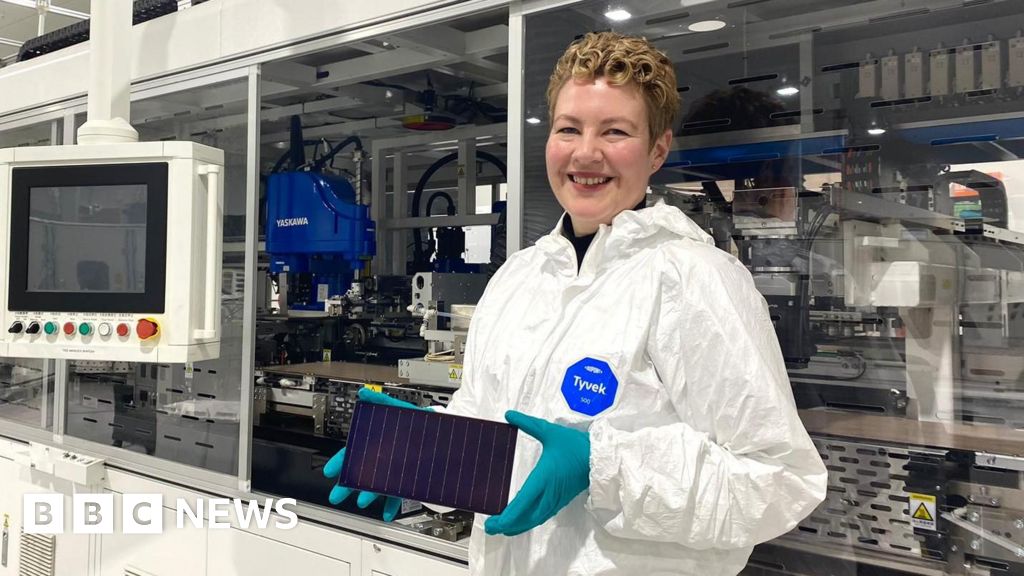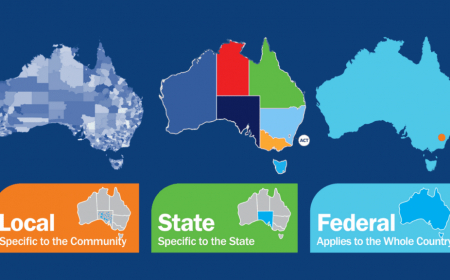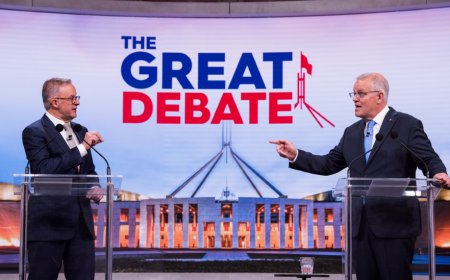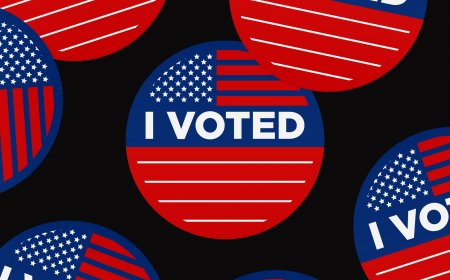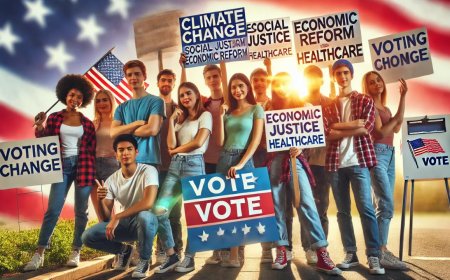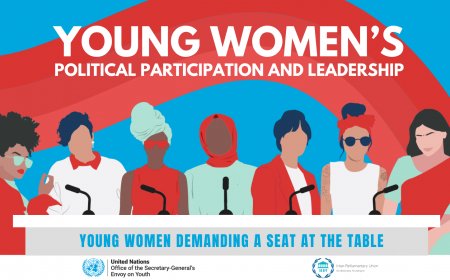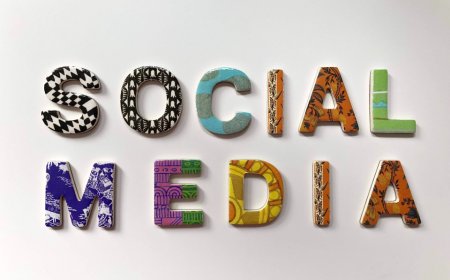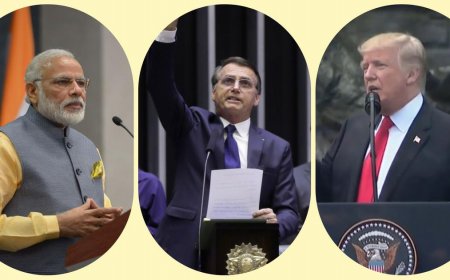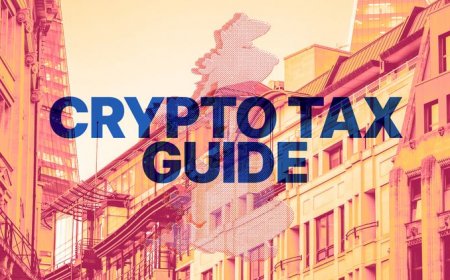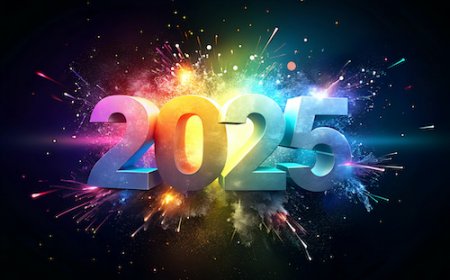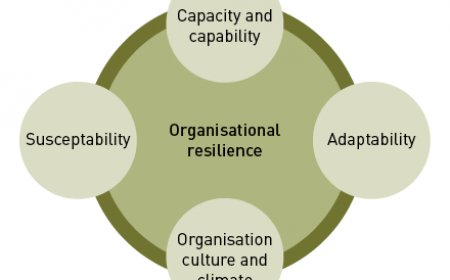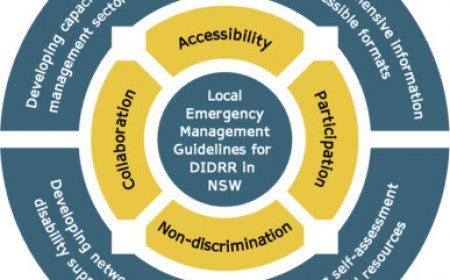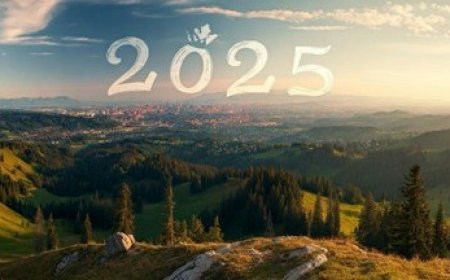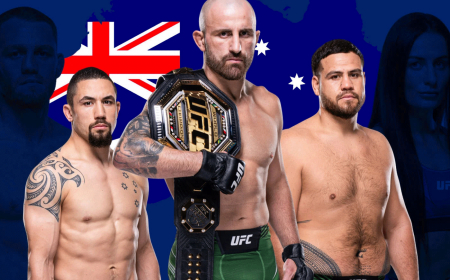US Elections: Electoral College vs Popular Vote Debate
Explore the ongoing debate between the Electoral College and the popular vote in US elections. Understand the history, pros, cons, and proposed reforms shaping America's democratic process.
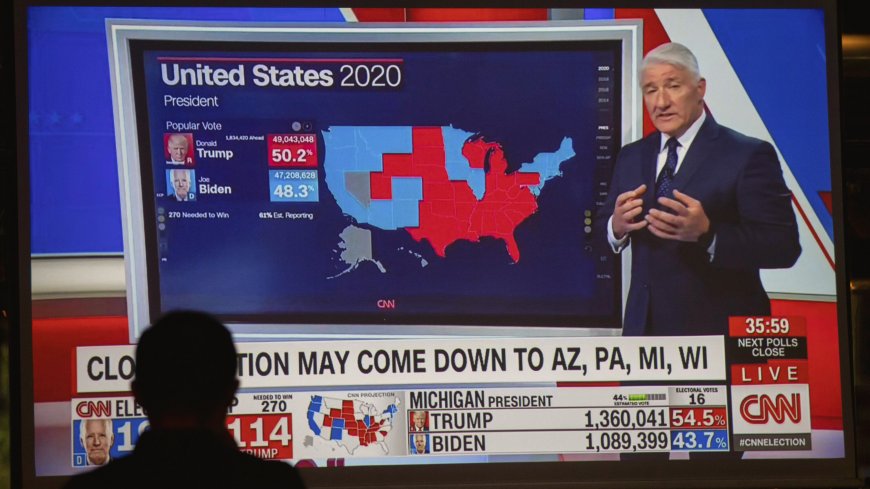
The debate surrounding the Electoral College versus the popular vote has long been a contentious topic in American politics. While some argue that the Electoral College preserves the integrity of federalism, others contend that it undermines the principle of "one person, one vote." In this article, we will explore the historical roots, functioning, and implications of both systems. By analyzing their strengths and weaknesses, we aim to provide a comprehensive understanding of why this debate continues to shape US elections.
Understanding the Electoral College System
What is the Electoral College?
The Electoral College is a unique system established by the Founding Fathers to elect the President of the United States. It consists of 538 electors, with each state allocated a specific number based on its representation in Congress. This allocation ensures that smaller states have proportional influence compared to larger ones.
"The Electoral College was designed as a compromise between election by Congress and election by popular vote."
The Founders were deeply concerned about balancing power among the states while ensuring that no single entity—whether the federal government or the populace—could dominate the electoral process. The Electoral College emerged as a middle ground, blending elements of representative democracy with safeguards against mob rule.
How Does the Electoral College Work?
In the Electoral College system , voters in each state cast ballots for a slate of members of the U.S. Electoral College; these electors then cast the official votes for president. The candidate who receives a majority of electoral votes (at least 270 out of 538) wins the presidency.
- Winner-Takes-All : Most states use a winner-takes-all approach, where the candidate with the most votes in a state gets all its electoral votes.
- Exceptions : Maine and Nebraska allocate their electoral votes proportionally, using a district-based method.
For example, if Candidate A wins 51% of the vote in California, they receive all 55 of the state’s electoral votes, even though nearly half the population supported another candidate. This system amplifies the importance of winning key states rather than focusing solely on overall voter turnout.
Historical Context
The Founding Fathers introduced the Electoral College during the Constitutional Convention of 1787. Their goal was to balance power between populous and less populous states while ensuring that rural areas were not overshadowed by urban centers. At the time, communication and transportation limitations made direct national elections impractical. Additionally, many framers feared that uninformed voters might make poor decisions without guidance from trusted intermediaries.
Over two centuries later, critics question whether this system remains relevant in an era of instant communication and widespread education. Despite these concerns, defenders argue that the Electoral College continues to serve its original purpose of preventing large states from dominating presidential elections.
The Case for the Popular Vote
What is the Popular Vote?
The popular vote refers to the total number of votes cast by citizens across the country. Advocates argue that this method reflects the true will of the people, as every individual’s vote carries equal weight regardless of geographic location.
Under a popular vote system, candidates would campaign nationwide, appealing directly to all Americans rather than targeting specific regions or swing states. This approach aligns more closely with democratic ideals of equality and fairness.
Why Do Some Support the Popular Vote?
Proponents believe that the popular vote eliminates disparities created by the Electoral College. For instance:
- A candidate can win the presidency without securing the majority of the national vote.
- Swing states often receive disproportionate attention during campaigns, leaving other regions neglected.
"A direct popular vote would ensure that every citizen's voice matters equally."
Supporters also point out that the current system discourages participation in non-competitive states. In deeply red or blue states, voters may feel their contributions are irrelevant because the outcome is predetermined. A shift to a popular vote model could motivate higher turnout by making every ballot count toward the final tally.
Challenges to Implementing the Popular Vote
Transitioning to a popular vote system requires amending the Constitution or adopting an interstate compact like the National Popular Vote Interstate Compact (NPVIC). Critics worry about potential logistical challenges and increased polarization.
One concern is the possibility of recounts becoming more frequent and contentious under a popular vote framework. With millions of additional votes counted nationwide, close margins could lead to prolonged disputes over legitimacy. Furthermore, opponents fear that densely populated urban areas might dominate election outcomes at the expense of rural communities.
Comparing Electoral College and Popular Vote Systems
Advantages of the Electoral College
-
Preservation of Federalism : Ensures smaller states retain influence over presidential elections.
- Smaller states benefit from having a minimum of three electoral votes, regardless of population size.
- This prevents larger states like California and Texas from monopolizing political power.
-
Encourages Broad Appeal : Candidates must appeal to diverse regions rather than focusing solely on densely populated areas.
- Campaign strategies often involve addressing issues pertinent to agricultural communities, manufacturing hubs, and tech-driven cities alike.
-
Stability : Provides a clear mechanism for resolving close elections.
- The Electoral College reduces ambiguity by designating electors to formally cast votes after Election Day.
Disadvantages of the Electoral College
-
Misrepresentation : A candidate can lose the popular vote but still win the presidency.
- Historical examples include George W. Bush in 2000 and Donald Trump in 2016.
-
Swing State Focus : Campaigns concentrate resources on battleground states, ignoring others.
- States like Ohio, Florida, and Pennsylvania consistently receive outsized attention due to their competitive nature.
-
Discourages Voter Turnout : Voters in non-competitive states may feel their votes don’t matter.
- Residents of solidly Democratic or Republican states often report lower engagement levels compared to those living in swing states.
Advantages of the Popular Vote
-
Democratic Equality : Every vote counts equally, aligning with democratic principles.
- No longer would residents of Wyoming have disproportionately greater influence per capita than those in California.
-
Increased Participation : Encourages higher voter turnout nationwide.
- Knowing their votes contribute directly to the final result motivates individuals to participate actively.
-
National Unity : Reduces regional divisions by emphasizing collective decision-making.
- Candidates would need to address national priorities rather than catering exclusively to local interests.
Disadvantages of the Popular Vote
-
Urban Bias : Larger cities could dominate election outcomes due to higher populations.
- Urban centers such as New York City, Los Angeles, and Chicago could sway results significantly.
-
Complexity in Implementation : Requires significant changes to existing structures.
- Transitioning away from the Electoral College involves overcoming legal, logistical, and cultural hurdles.
-
Potential for Fraud : Critics claim it might increase risks of electoral fraud.
- Expanding the scope of voting introduces new vulnerabilities, particularly in jurisdictions with weak oversight mechanisms.
Historical Examples of Controversial Outcomes
Bush v. Gore (2000)
One of the most notable examples occurred in 2000 when George W. Bush won the presidency despite losing the popular vote to Al Gore. The Supreme Court's intervention in Florida's recount process highlighted flaws in both systems.
Florida’s razor-thin margin triggered a legal battle that ultimately decided the election. Many observers criticized the reliance on manual recounts and punch-card ballots, which raised questions about accuracy and transparency.
Trump v. Clinton (2016)
In 2016, Donald Trump secured victory through the Electoral College , even though Hillary Clinton garnered nearly three million more votes nationally. This outcome reignited calls for reform, particularly among progressives who viewed the discrepancy as undemocratic.
Critics argued that Clinton’s loss underscored structural inequities within the Electoral College. Meanwhile, supporters defended the system, noting that Trump successfully targeted key battleground states through strategic campaigning.
Arguments from Both Sides
Supporters of the Electoral College
Defenders argue that the Electoral College prevents tyranny of the majority and safeguards minority interests. They also emphasize its role in maintaining stability within the federal system.
By requiring candidates to build broad coalitions across multiple states, the Electoral College fosters unity and encourages compromise. Supporters contend that abandoning this system risks fragmenting the nation further along partisan lines.
Critics of the Electoral College
Opponents highlight instances where the system has produced undemocratic results. They advocate for reforms such as abolishing the Electoral College or adopting ranked-choice voting.
Critics assert that the Electoral College distorts representation and disenfranchises millions of Americans whose votes effectively carry less weight than others’. They propose alternative methods aimed at achieving greater equity and accountability in presidential elections.
Proposed Reforms and Alternatives
Ranked-Choice Voting
Ranked-choice voting allows voters to rank candidates in order of preference. If no candidate receives a majority, the lowest-ranked candidate is eliminated, and their votes are redistributed until a winner emerges.
This system promotes consensus-building and reduces negative campaigning, as candidates seek second-choice support from opponents’ bases. Several municipalities and states have already implemented ranked-choice voting with promising results.
Proportional Allocation
Some suggest allocating electoral votes proportionally based on statewide results instead of using a winner-takes-all model.
Under proportional allocation, candidates receive electoral votes corresponding to their share of the popular vote within each state. This approach mitigates extreme disparities caused by winner-takes-all rules while preserving aspects of the Electoral College.
National Popular Vote Interstate Compact (NPVIC)
Under the NPVIC, states agree to award their electoral votes to the national popular vote winner once enough states join to reach 270 electoral votes.
Currently, 15 states and Washington, D.C., have joined the compact, collectively representing 196 electoral votes. Proponents view the NPVIC as a pragmatic solution that avoids the need for constitutional amendments while achieving de facto popular vote outcomes.
Impact on Democracy
Does the Electoral College Strengthen or Weaken Democracy?
While the Electoral College aims to protect smaller states, critics argue it weakens democracy by prioritizing geography over individual voices. Conversely, supporters see it as a safeguard against centralized power.
The debate hinges on differing interpretations of what constitutes fair representation. For some, fairness means treating all citizens equally regardless of location; for others, it entails respecting state sovereignty and regional diversity.
Global Perspectives
Many democracies worldwide use direct popular vote systems for leadership elections. Comparing these models offers insights into potential improvements for the U.S. system.
Countries like France, Brazil, and India conduct presidential elections via popular vote, demonstrating that large, diverse nations can manage nationwide contests effectively. However, critics caution against blindly emulating foreign practices without considering America’s unique historical context.
Public Opinion on the Debate
Surveys consistently show divided public opinion regarding the Electoral College versus the popular vote . Younger generations tend to favor reform, while older Americans often support maintaining the status quo.
Recent polling indicates growing dissatisfaction with the Electoral College, especially among Democrats and independents. Republicans generally express stronger attachment to the existing system, citing concerns about preserving federalism and preventing urban dominance.
Travel Tips Related to US Elections
If you're planning to visit the United States during an election year, consider attending political events or visiting key historical sites related to American democracy:
- Independence Hall in Philadelphia, where the Declaration of Independence and U.S. Constitution were debated and adopted.
- Mount Vernon , George Washington’s estate, offering insight into the life of America’s first president.
- The National Archives in Washington, D.C., home to the original Constitution, Bill of Rights, and other foundational documents.
Attending rallies, debates, or town halls provides firsthand exposure to the electoral process. Visitors can witness how candidates engage with constituents and observe the dynamics of grassroots organizing.
Other Tourist Attractions
Beyond politics, the U.S. offers countless attractions worth exploring:
- Grand Canyon National Park , showcasing breathtaking natural beauty carved by the Colorado River.
- Statue of Liberty , symbolizing freedom and welcoming immigrants to Ellis Island.
- Yellowstone National Park , renowned for geothermal features like Old Faithful and abundant wildlife.
These destinations highlight America’s rich cultural heritage and stunning landscapes, providing memorable experiences beyond the realm of politics.
Conclusion
The debate over the Electoral College versus the popular vote underscores fundamental questions about fairness, representation, and governance. As discussions continue, understanding the nuances of both systems is crucial for informed civic engagement.
Ultimately, any changes to the electoral process must reflect the values and aspirations of the American people. Whether through incremental reforms or sweeping transformations, the path forward requires thoughtful dialogue and collaboration across ideological divides.
What's Your Reaction?
 Like
0
Like
0
 Dislike
0
Dislike
0
 Love
0
Love
0
 Funny
0
Funny
0
 Angry
0
Angry
0
 Sad
0
Sad
0
 Wow
0
Wow
0


